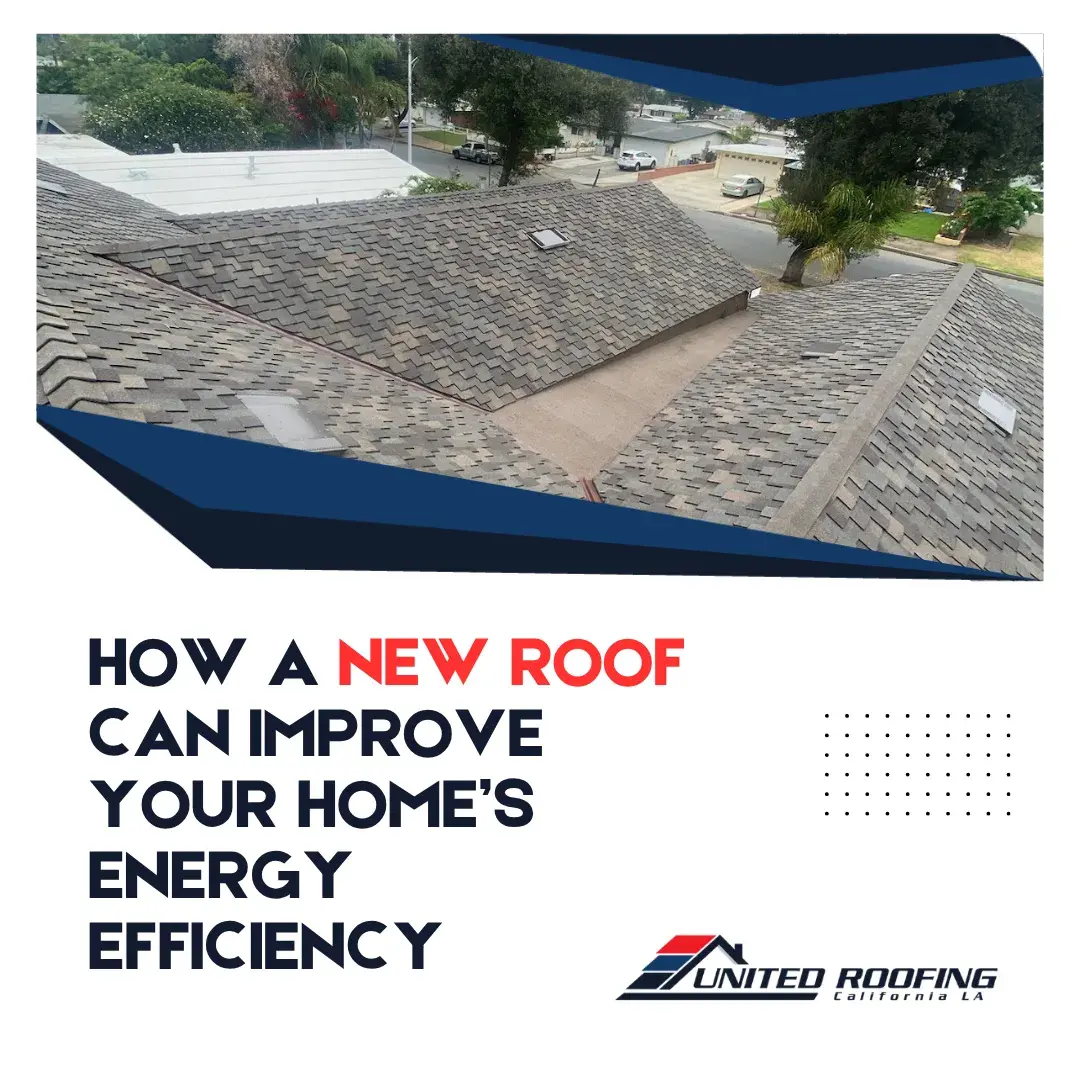When it comes to making your home more energy-efficient, your roof plays a more important role than many realize. A well-installed new roof serves as a barrier against extreme weather, keeping your indoor temperatures steady and comfortable. Over time, older roofing materials lose their ability to insulate properly, which can lead to higher utility usage and less comfort inside your living space. Replacing that aging structure with advanced roofing materials can be a smart step toward energy savings and sustainability.
Reflective Materials That Reduce Heat Absorption
Modern roofing systems are designed with energy efficiency in mind. Reflective shingles or coatings reduce the amount of solar heat absorbed by your home, minimizing the workload for your HVAC system. This creates a cooler interior environment during warmer months and helps maintain a balanced indoor climate year-round. Choosing a new roof with these technologies is a proactive way to address energy concerns without changing your daily habits.
Improved Attic Ventilation
A major factor in a home’s energy performance is proper attic airflow. An outdated roof might lack the necessary ventilation to release built-up heat and moisture. New roofing systems come with integrated solutions that allow air to circulate more freely, lowering attic temperatures and improving air quality. These systems work in harmony with your insulation, optimizing the energy use of your entire home.
Sealing Out Drafts and Leaks
Old roofing can develop gaps and weak spots that allow outside air to infiltrate. These imperfections create inconsistent temperatures inside, which leads to more energy usage to maintain comfort. A tightly sealed new roofing system prevents drafts and water intrusion, protecting your home’s envelope and reducing the strain on your heating and cooling equipment. Even small improvements in sealing can make a noticeable difference in energy efficiency.
Durable Materials That Maintain Performance
Today’s high-performance roofing materials are engineered for longevity and stability. Unlike outdated shingles that can deteriorate quickly, new products resist warping, cracking, and thermal degradation. These features contribute to consistent insulation performance and fewer fluctuations in your indoor temperature. Upgrading to a new roof not only improves energy efficiency but also supports the long-term comfort and resilience of your home.
Learn More
New Roof, New Look: Transforming Your Property’s Curb Appeal

